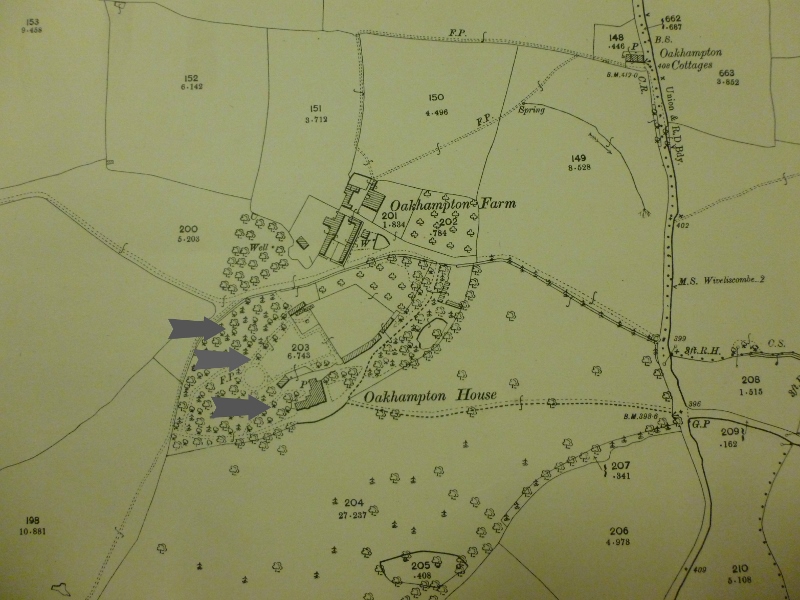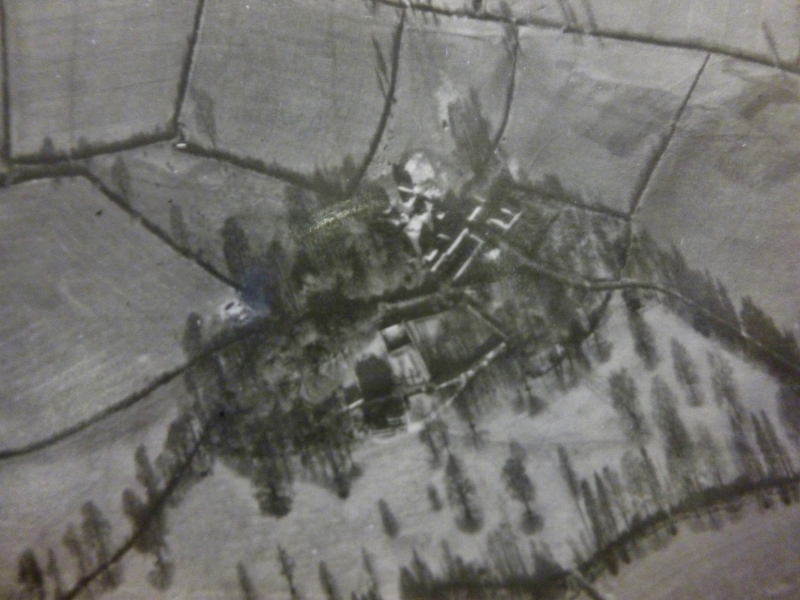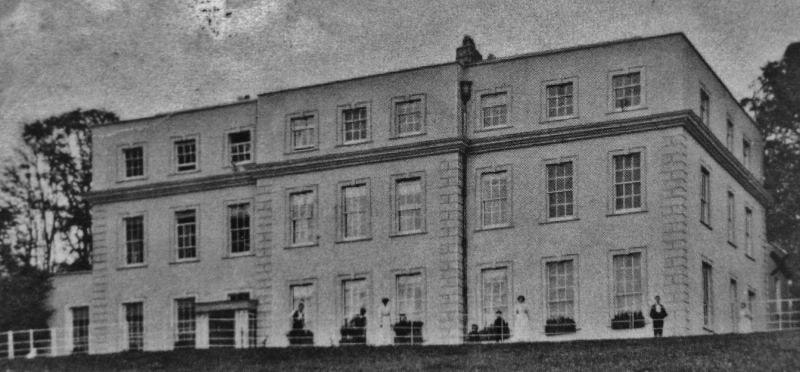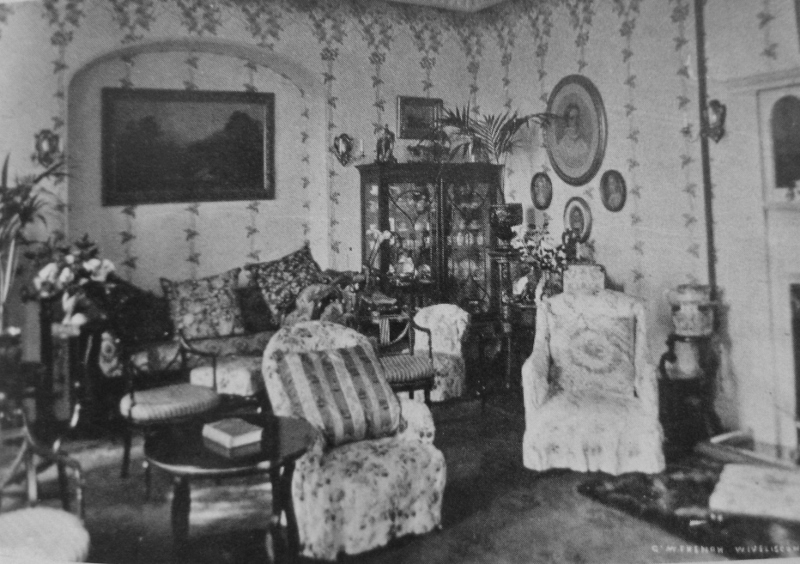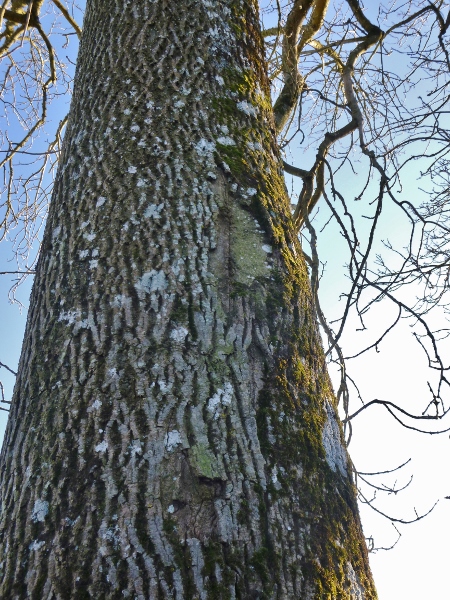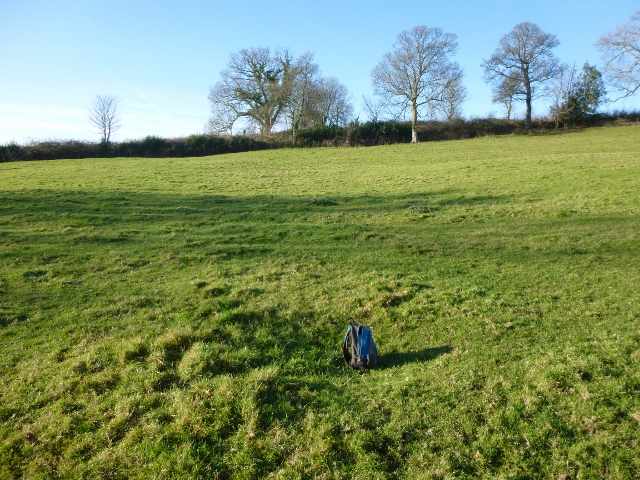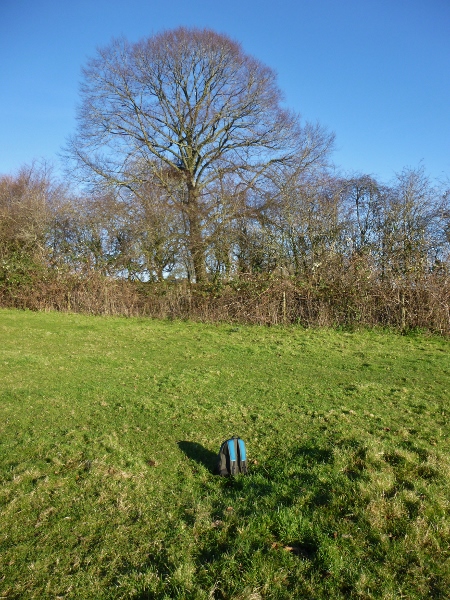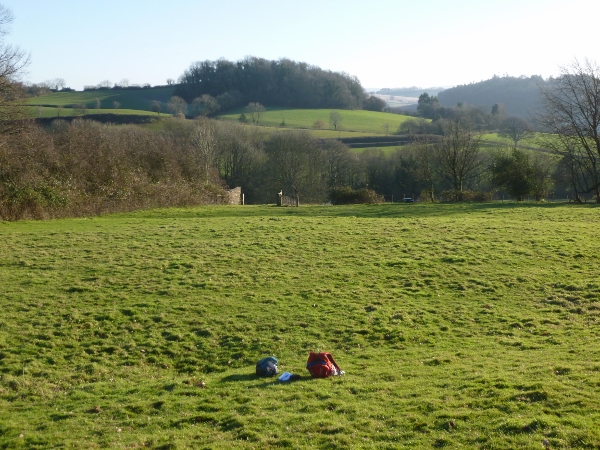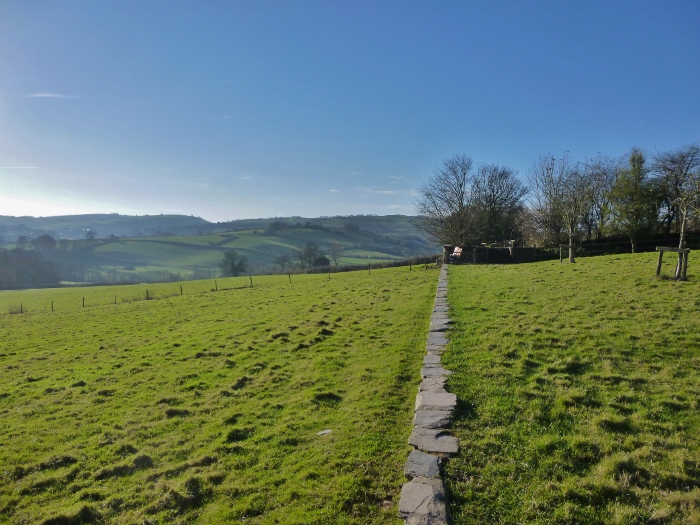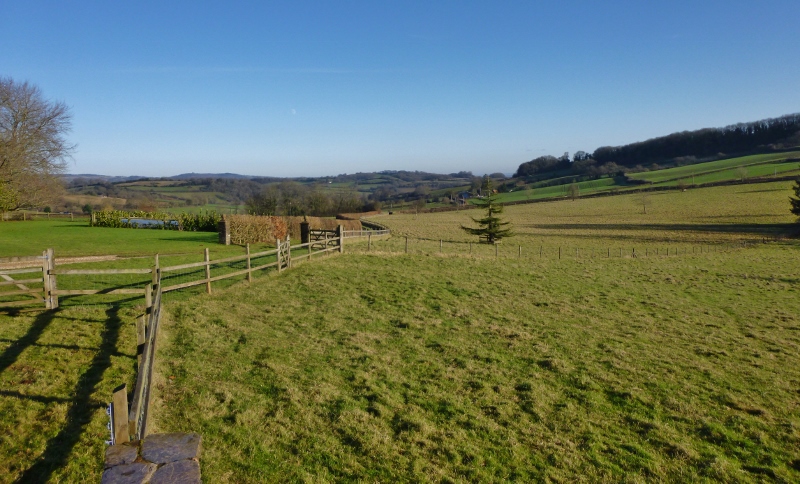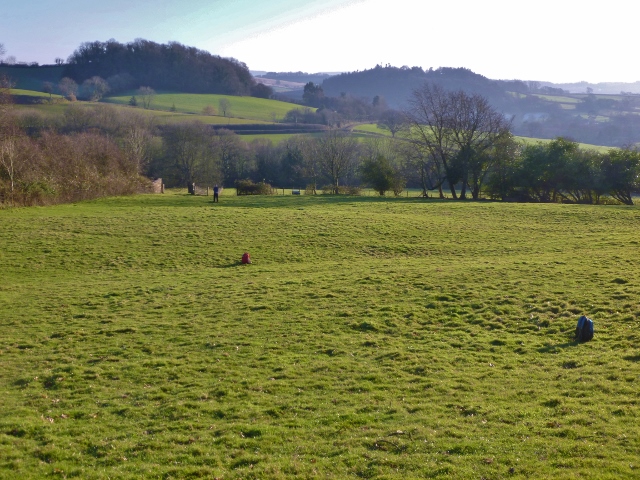| Role | Name | Posted from | Until |
|---|---|---|---|
| Observer | Mr George Henry Pallett | 1941 | 20 Jul 1944 |
| Operator | Captain Augustus Charles Hubert Boycott Wight-Boycott | Unknown | 20 Jul 1944 |
| Runner | Mrs Pamela Dulcie Day | Unknown | Unknown |
The site is on PRIVATE LAND and was accessed by kind permission of the owners.
The wireless was sited at Captain Wight Boycott's home Oakhampton House (sometimes recorded as Oakhampton Manor) Wiveliscombe (Telephone 221). The site has been recorded as being in the attic but it is known a dugout was present so it COULD have originally been placed in the attic whilst the dugout was being built or the attic used after the dugout was abandoned. A serious and suspicious fire in 1956 gutted the house and it was eventually demolished. Newspaper reports of the time recoded it had 12 bedrooms, 52 windows and 365 panes of glass.
The dugout for the wireless was constructed in “The Shrubbery” next to the house. At present the dugout is remembered as being in three slightly different locations. It is remembered as an underground structure with two chambers.
The map shows the house with “The Shrubbery” to the west and the possible locations marked.
Today “The Shrubbery” has been cleared and the field is used as pasture land. The dugout was removed many years ago and nothing remains on the site.
The site closest to the camera is the site nearest to the gate leading to the public pathway which passes along the top of “The Shrubbery”. We suspect this site would be the most accessible of the three for recruited “runners” to leave their reports of enemy movements.
Elsewhere in Devon messages were left in secret compartments hidden in gate posts and this would have been ideal at the location though we cannot prove this happened here.
The dugout was abandoned when it flooded during the winter. It turned out to have been built in path of an underground stream and it proved impossible to waterproof against this.
The wireless set was then moved into a wood shed about 15 yards from a cottage in the garden. This had a desk that was against the end wall of the shed, with a picture on the wall above. However when the picture was taken down, the wireless was revealed within a false end to the shed. Hubert used this as area as a study and it was quite comfortably fitted out.
The potting shed was used as a rendezvous for runners bringing messages, with most coming across the fields to the property, rather than by road.
Within the hedge line close to the preferred site is a tree with a scar running up the trunk. This COULD be evidence of the feeder cable for the aerial having been hidden under the bark, running up the trunk to the aerial in the branches. Michael Wight-Boycott recalled being shown the aerial cable running up an oak tree over 35 years after the war, but his father would only tell him that it was related to wartime defence, despite Michael being an RAF Air Commodore at the time, such was secrecy surrounding Special Duties.
Wiveliscombe Outstation
Arthur Gabbitas
The kindness of the landowners of Oakhampton Park.
“Wiveliscombe – A history of a Somerset Market Town” by Sue Farrington
The Somerset Underground, Tim Wray
Taunton Courier and Western Advertiser 07 April 1956
